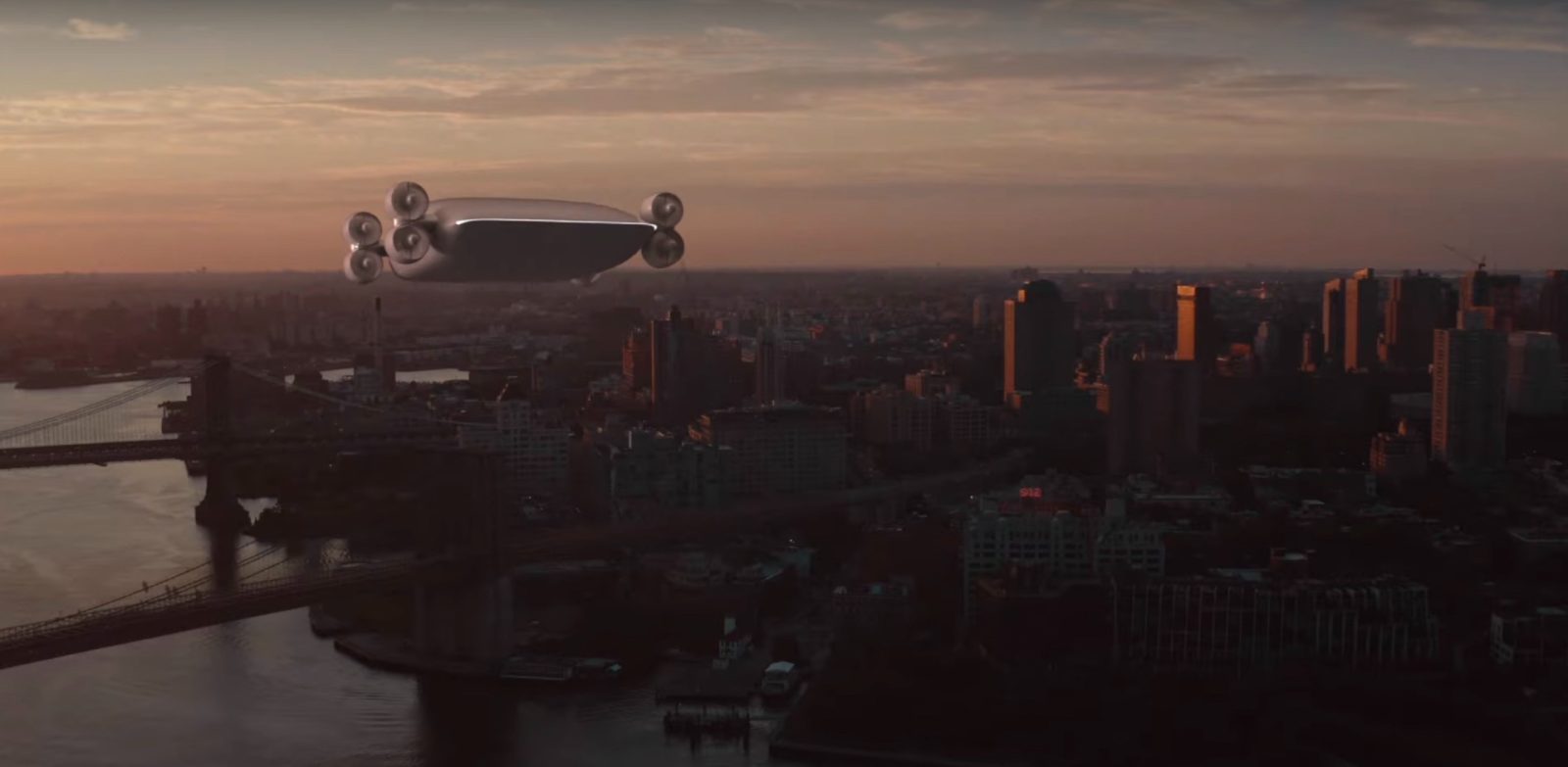
If you’re going to think new, think new really big. That’s the attitude of New York startup Kelekona, which plans to produce an electric vertical takeoff and landing (eVTOL) craft capable of transporting 40 people, or 10,000 lbs. of cargo.
Contrarian Kelekona sees AAM writ large
Kelekona’s super-size approach sets it off from other actors in eVTOL development. Uber Elevate plans on launching an air taxi service for up to four passengers by 2023. Lilium wants its six seater operating by 2024. Rather than a similar effort to replace smaller ground cabs with air alternatives, however, Kelekona is looking to rival mass public transit by shuttling large groups of people longer destinations.
Founder Braeden Kelekona believes catering to smaller passenger capacities and routes risks replicating clogged roadways in the heavens.
“We have a really small airspace in New York,” Kelekona told DigitalTrends. “It never made sense to us to create a small aircraft that was only able to carry up to six people. You have to have the kind of mass transit we rely on here in the city. It makes sense to try to move as many people as possible in one aircraft, so that we’re not hogging airspace.”
With that in mind, Kelekona foresees flying initial 30-minute routes between Manhattan and the Hamptons for $85. Similar longer-distance service he anticipates includes Boston-NYC, LA-San Francisco, and NYC-DC flights.

Big is batteries
Kelekona says he also began cracking the eVTOL nut from the opposite end most competitors have. The key to all new advanced aerial mobility success, he insists, lies in battery power. So he hit the ground thinking big on that, too.
The company has developed what he describes as a modular pack of connected cells “similar to the batteries you would see in a Model S, Model 3 Tesla.” That, Kelekona says, is providing more energy than anything being planned elsewhere in the skies. They’ll also be replaceable with pre-charged batteries to reduce turn-around time on the ground.
“What we decided to build is a flying battery,” he told DigitalTrends. “What that allowed us to do is have greater endurance. Instead of building an interesting airframe and then trying to figure out how to put the battery into that aircraft, we started with the battery first and put things on top of it.”
But big thinking always creates big hurdles to clear, and Kelekona has its share before it.
Breaking in the drone bus in drone barge mode
For starters, it must actually build the XXXL craft its mega-batteries are built to fly. It will also need to clear Federal Aviation Administration (FAA) regulations for passenger eVTOL once those have been finalized. And chances are, that process will take longer – and prove even stiffer – for craft transporting larger numbers of people; perhaps not unlike commercial airplanes. Kelekona sees no major problems in that.
“They want to see the redundancy on your aircraft to mitigate that risk,” he says. “In that regard, there’s a lot of overlap with the traditional aircraft certification, but at the same time with battery technology and electric motors, it has a different level of safety.”
That’s an optimistic attitude – yet consistent for someone who only founded his super-ambitious startup in 2019. Big on can-do down the line, Kelekona wants to be operating his passenger service by 2024. But he has a Plan B ready if FAA certification progress doesn’t entirely sync with his schedule. Initially, Kelekona will be flying cargo only, before loading in people as soon as possible.
“I think you can expect to see our aircraft in the air next year,” he predicts.
FTC: We use income earning auto affiliate links. More.




Comments